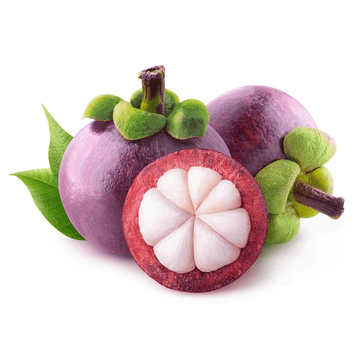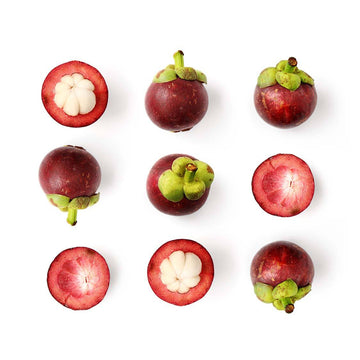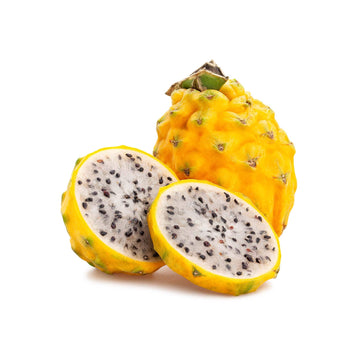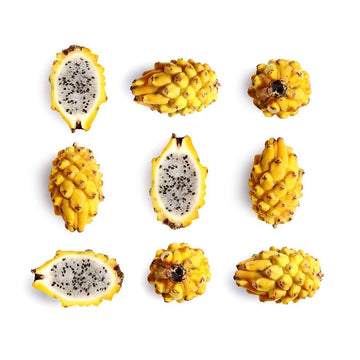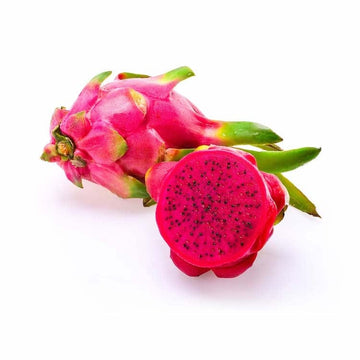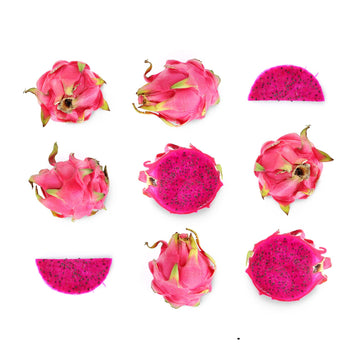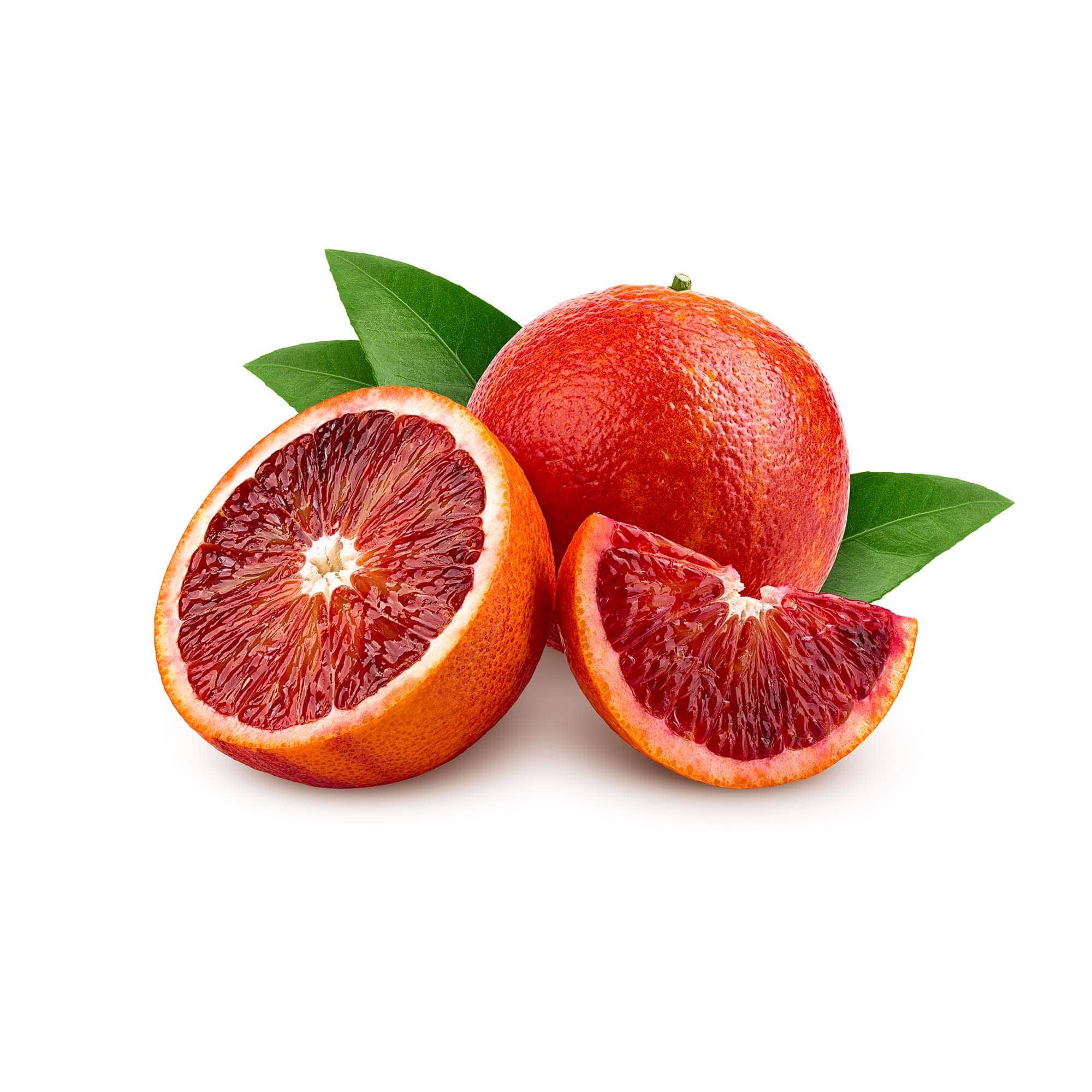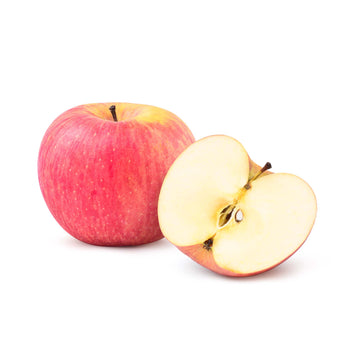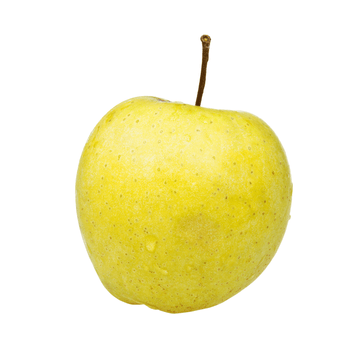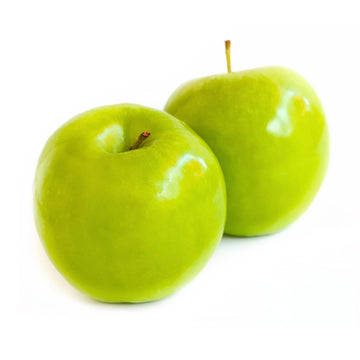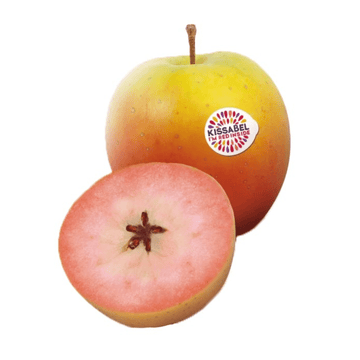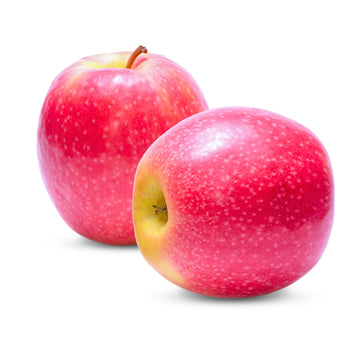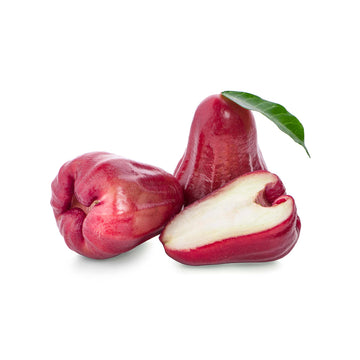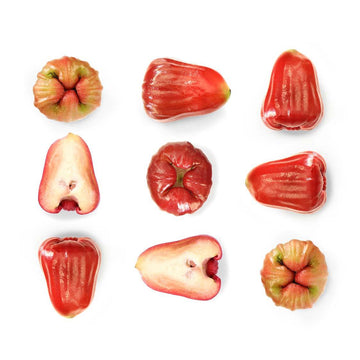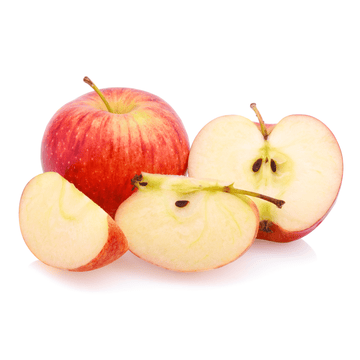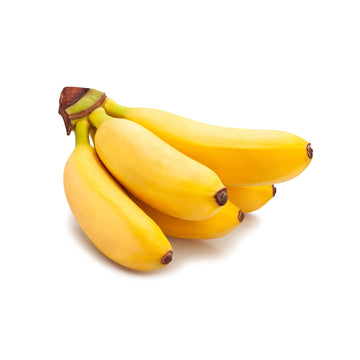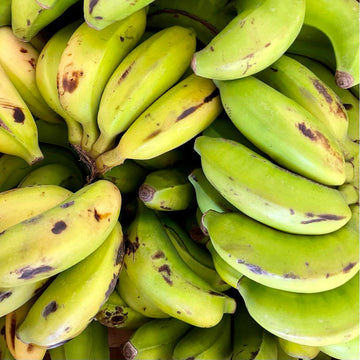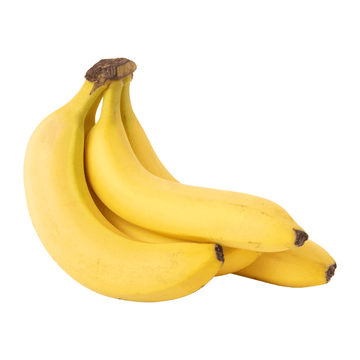Orange - Blood - Sanguinelli
Subcribe to back in stock notification
Introduction
The blood orange is a variety of orange (Citrus × sinensis) with crimson, almost blood-colored flesh. It is believed that the blood orange is a mutation of the orange and its dark flesh colour is due to the high amount of anthocyanins present. Blood oranges are believed to be originated from the southern Mediterranean and specifically from Italy.
History
Blood oranges originated in Sicily and Spain and varieties include Tarocco, Moro (or Morro), and Sanguinello. Nowadays, they can be cultivated in the United States in Texas and California.
Regions
Blood oranges are mostly cultured in southern European countries like Italy and Spain, but nowadays significant amounts are produced in the USA and in China.
Flavours & Texture
Blood oranges have a unique flavour compared to other oranges. They have the usual citrus notes but they also have a raspberry-like taste. Their texture is the same as the orange texture, but their skin is tougher and harder compared to that of the oranges.
Preparation
You should peel the fruit and either have it raw in a fruit salad or make it juice. You can also use it to make jam and you can even use the zest in baking.
Nutritional Value
Blood oranges are low in calories and are very rich in fiber, vitamin C, and vitamin A.
|
Calories per fruit (140g) |
69 kcal |
|
Fat |
0.2 g |
|
Carbohydrates |
18 g |
|
Fiber |
3.1 g |
|
Protein |
1.3 g |
|
Iron |
1 % of the RDI |
|
Potassium |
7 % of the RDI |
|
Vitamin C |
138 % of the RDI |
|
Vitamin A |
6.9 % of the RDI |
SHIPPING
Choose your desired delivery date at the checkout, available delivery dates will be displayed at checkout stage. All orders are dispatched on a 24hr Next Working Day service. If no date is selected your order will be dispatched at the next available date.
We offer Free Next Working Day Delivery on all orders over £75 including our selection boxes.
Our shipping rates are as follows:-
England - £6.95
Scotland - £11.95
Northern Ireland - Not currently available
Customers are responsible for being present at the shipping address provided on the date selected at checkout. Exotic Fruits are not responsible for any missed or attempted deliveries that must be rearranged by the customer.
All orders are packed in cardboard boxes with a biodegradable packing pellets, straw, or hay to protect the fruit during transit.
RETURNS
Let's start by stating the obvious. Since our produce is perishable we cannot accept returns.
That said, we want every customer to be happy so we do offer vouchers, refunds and replacements at our sole discretion if your fruit has arrived inedible. If you would like to report an item which has become damaged or perished during transit, please:- We are not responsible for products that spoil if there is not someone to receive your delivery on the date that you request it, full tracking is provided and can be requested anytime after dispatch.

